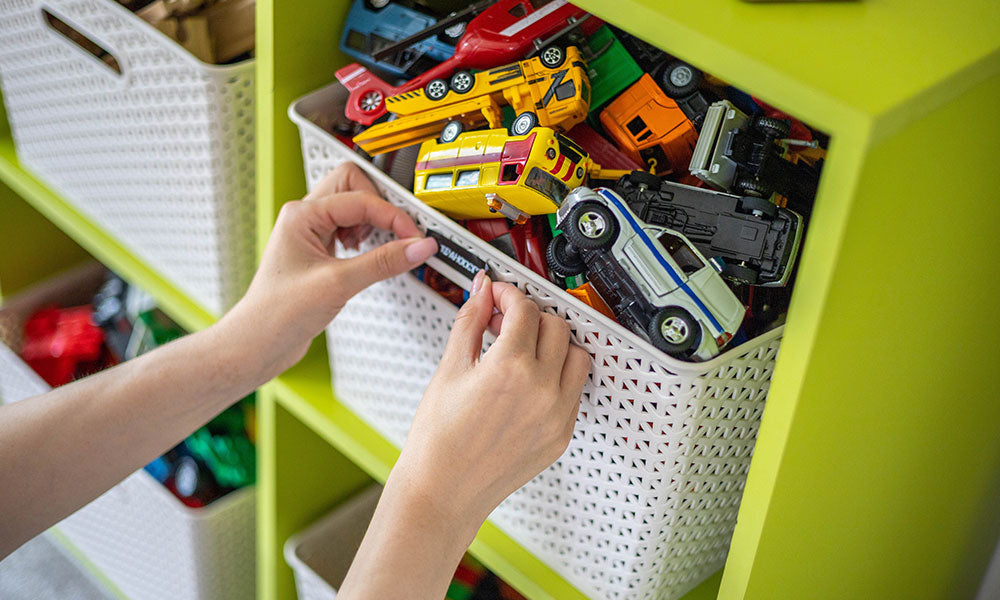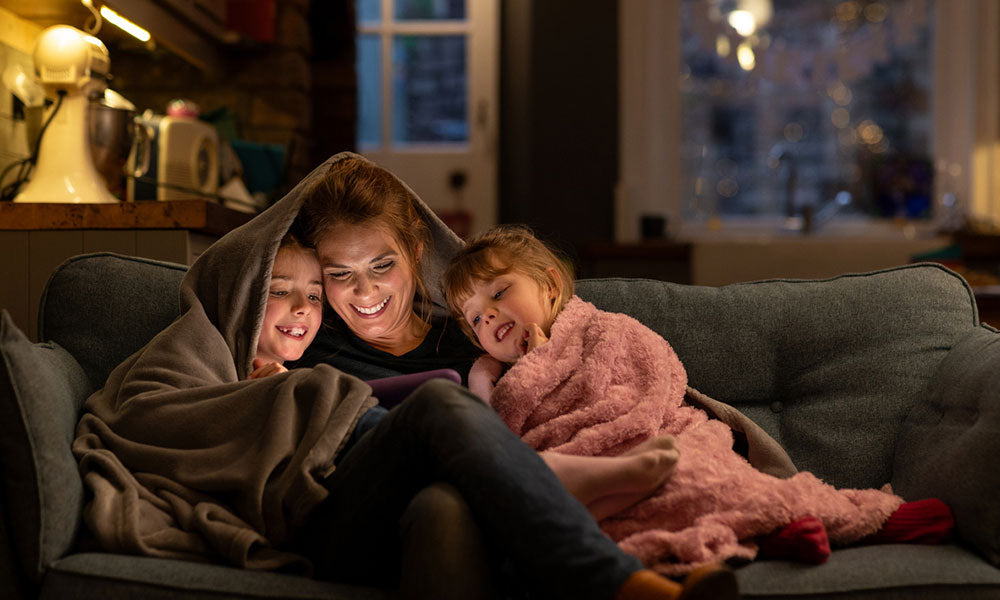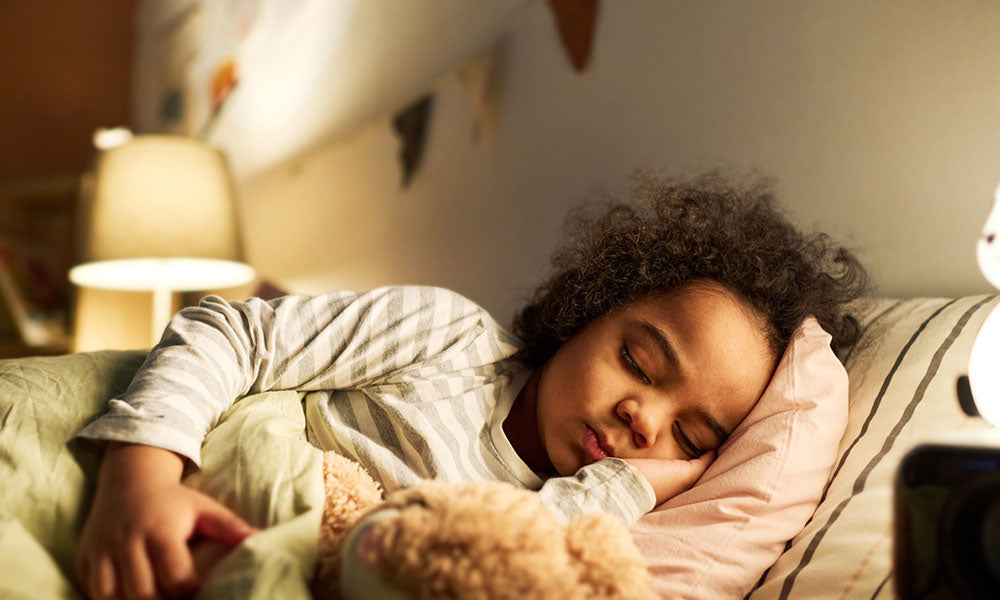That mountain of outgrown clothes in your child's closet tells a story of growth, change, and countless memories tucked between tiny sleeves and miniature shoes. Most parents see decluttering as yet another task on an endless to-do list, but those moments of sorting and selecting can become something deeper. Families who approach letting go with intention discover that decluttering builds connection, teaches values, and helps children develop emotional skills they'll carry into adulthood. The magic happens once you stop rushing through the process and start seeing each decision as an opportunity to grow together.
Teaching Kids Where Things Go
Every toy, book, and piece of clothing that enters your home has a story, and helping children understand these stories builds their awareness of how consumption works in the real world. Children naturally think about objects in terms of immediate ownership. Yours or not yours. Donation introduces a middle ground where items can continue their purpose with new people.
Rather than lecturing about waste or overconsumption, you can guide children to notice patterns in their own relationship with belongings. Comments like "What made this toy special to you?" help kids reflect on their experiences without judgment. You can naturally lead into discussions about wants versus needs, allowing families to explore what truly brings joy and what was purchased on impulse.
The goal centers on helping children become thoughtful about the role objects play in their lives rather than making them feel guilty about having things. Children who participate in deciding where their belongings go next develop decision-making skills while learning that their choices can benefit others. You'll find that kids begin to grasp the interconnected nature of our material world once they see that their outgrown jacket will keep another child warm, or that their forgotten puzzle might bring joy to a new family.
Making Decluttering a Family Practice
Seasonal decluttering sessions work best once they feel like family traditions rather than mandatory chores. Some families create "donation parties" where everyone brings items from their rooms to share stories about why they're ready to let go. Others might tie decluttering to holidays or birthdays, making space for new gifts by finding homes for items that no longer serve them.
Establishing predictable rhythms helps children anticipate and prepare for the process emotionally. Children can mentally prepare for the process rather than feeling ambushed by sudden demands to clean their rooms once they know that every spring they'll go through their winter clothes together.
You can model the decision-making process by thinking out loud about your own belongings. "I love this sweater, but it doesn't fit me anymore. I bet someone else would really enjoy wearing it" demonstrates how to separate emotional attachment from practical decision-making. Children understand that letting go doesn't mean the memories disappear once you use this approach.
Storytelling adds meaning to the process. You might share memories about items before deciding their fate, or imagine the adventures these belongings might have with their new owners. Addressing environmental concerns through climate anxiety with optimism helps children understand their role in caring for the planet without feeling overwhelmed by global problems.
Decluttering as Emotional Literacy
Learning to let go of possessions provides children with a safe space to practice emotional regulation skills they'll need throughout their lives. The mild disappointment of parting with a toy they've outgrown becomes practice for handling bigger losses and changes as they grow up.
Children often attach strong emotions to objects, and that's completely normal. A stuffed animal might represent comfort during difficult times, or a particular toy might symbolize a happy memory with a friend. You can validate your child's feelings while gently exploring what makes letting go difficult. Sometimes children worry that donating something means they didn't value it properly, or they fear they might want it again someday. You can use these concerns as opportunities to discuss concepts like gratitude, impermanence, and trust in their own judgment.
The process also teaches children to differentiate between items that truly hold meaning and those they're keeping out of habit or guilt. Children begin to understand their own changing interests and preferences once they realize they haven't played with something in months. Your child develops self-awareness that becomes valuable as they face bigger decisions later in life.
Choosing the Right Donation Destinations
Finding the right homes for donated items shifts decluttering from disposal into gift-giving. Children find more meaning in the act of giving than simply clearing space once they know their books are going to a local library or their clothes will help families in need.
You can research donation destinations together as a family. Local food banks, homeless shelters, and family resource centers often need clothing donations. You'll find organizations like Dress for Success help people entering the workforce, while Soles4Soles provides shoes to those in need. Green Drop makes clothing donation convenient with pickup services, but the best charity to donate used clothes ultimately depends on your family's values and your community's needs.
Toy donations require special consideration. Donating children's toys works best once you work together to select items that are still in good condition and would genuinely bring joy to other children. Local daycare centers, preschools, and family shelters often welcome toy donations, especially items that encourage creative play and learning.
Quietly Building Eco-Awareness
Family decluttering practices naturally support environmental goals without requiring heavy-handed lessons about planetary destruction. Children begin to understand waste reduction through their own experience once they see items finding new homes instead of ending up in trash bags.
The concept of extending an object's useful life makes intuitive sense to children. A toy that could provide years more enjoyment shouldn't sit forgotten in a closet, and clothes that no longer fit one child can keep another child comfortable and stylish. Your children build an understanding of resource sharing that creates awareness about environmental responsibility.
You can connect these small actions to bigger concepts gradually. Eco-friendly living includes making thoughtful decisions about consumption and disposal, but children don't need to feel burdened by global responsibility. Instead, they can take pride in their contribution to reducing waste through donation.
Raising Mindful Consumers, One Toy at a Time
Perfect decluttering doesn't exist, and that's exactly the point. The value lies in the conversations, the shared decisions, and the gradual development of awareness about consumption and generosity. Some days, the donation pile will be tiny, and other days, children might surprise you by letting go of items you thought they'd keep forever. What matters most is creating space for reflection, connection, and growth.



